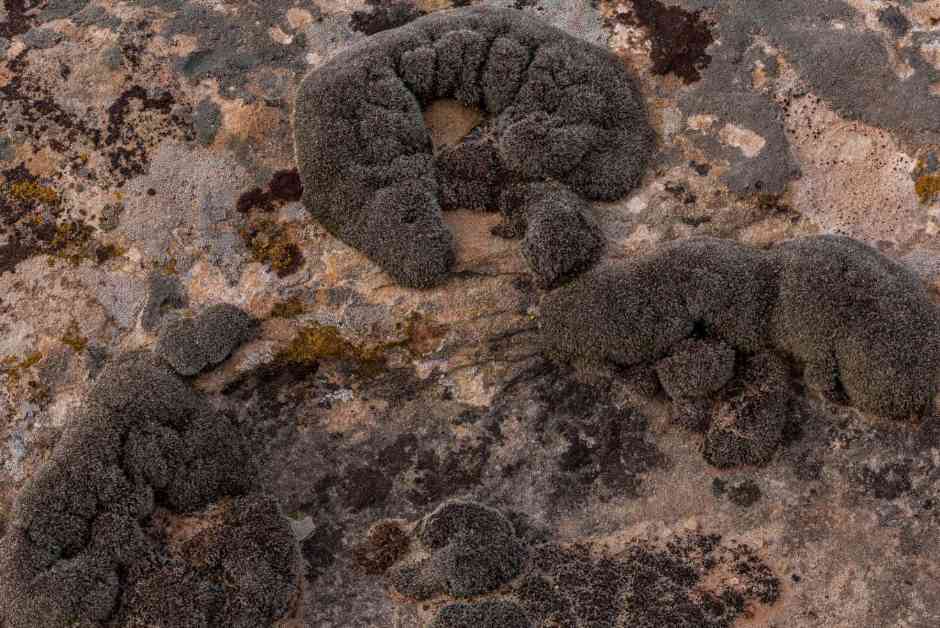Researchers have found that a resilient moss called Syntrichia caninervis can survive in some of the harshest environments on Earth, such as Tibet and Antarctica. This moss has shown remarkable abilities to withstand extreme conditions, including being stored at freezing temperatures for extended periods and even being exposed to high levels of gamma radiation. In fact, the moss was able to regenerate and thrive under simulated Martian conditions, leading scientists to believe that it could potentially be a candidate for colonising Mars in the future.
However, one factor that was not taken into account in the study is the presence of perchlorates in Martian soil, which could pose a challenge for the moss’s survival. While the moss has shown great resilience, it may still struggle to thrive in the unrelenting cold and desiccation of the Martian environment. Despite this, researchers believe that Syntrichia caninervis could potentially be brought to Mars by humans and survive on the surface, although it may not thrive as well as it does on Earth.
Some scientists question the practicality of bringing this moss to Mars, as it may not serve a clear purpose in terms of human habitation on the planet. While the moss could potentially produce oxygen through photosynthesis, it may not be a sustainable source of food. Alternatively, the moss could provide a habitat for other hardy species like tardigrades, which are known for their ability to survive in extreme conditions.
Overall, the study highlights the remarkable adaptability and resilience of Syntrichia caninervis, suggesting that it could play a role in future exploration and potential colonisation of Mars. Further research is needed to understand how this moss could interact with the Martian environment and whether it could contribute to creating sustainable ecosystems on the red planet.






